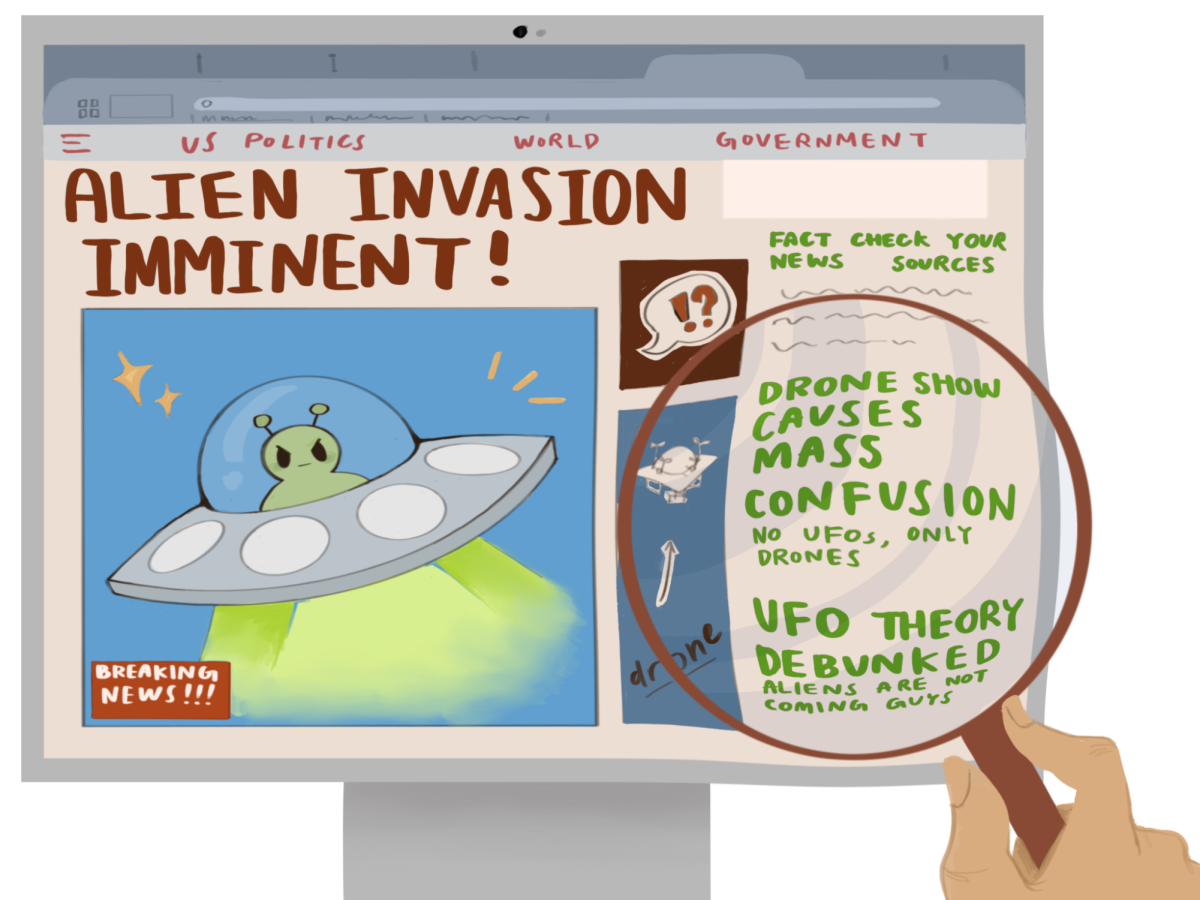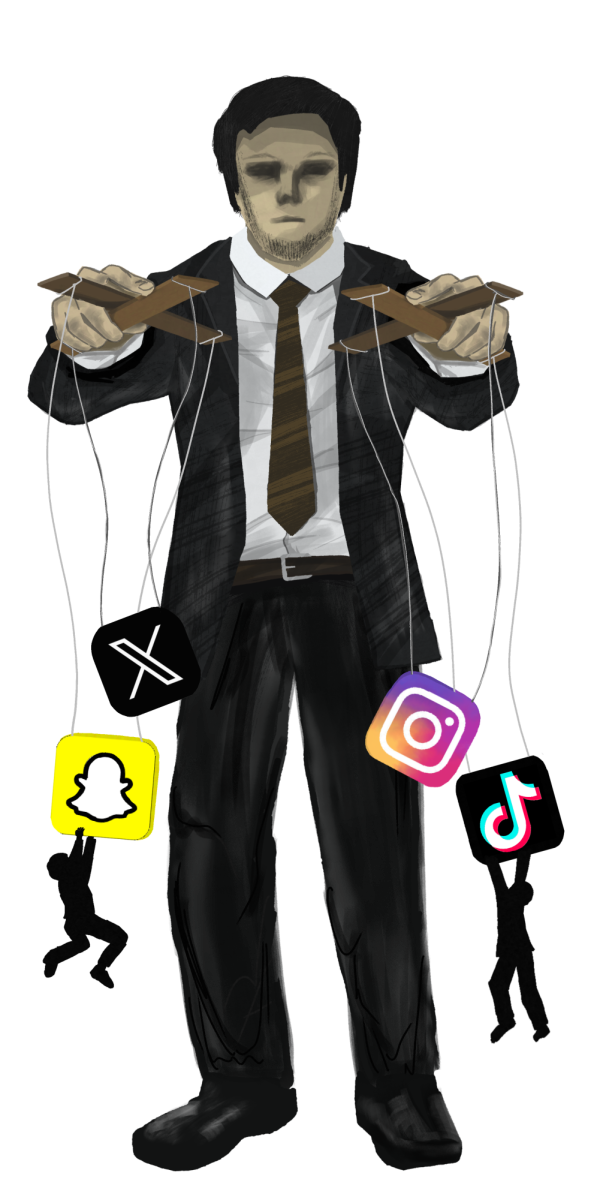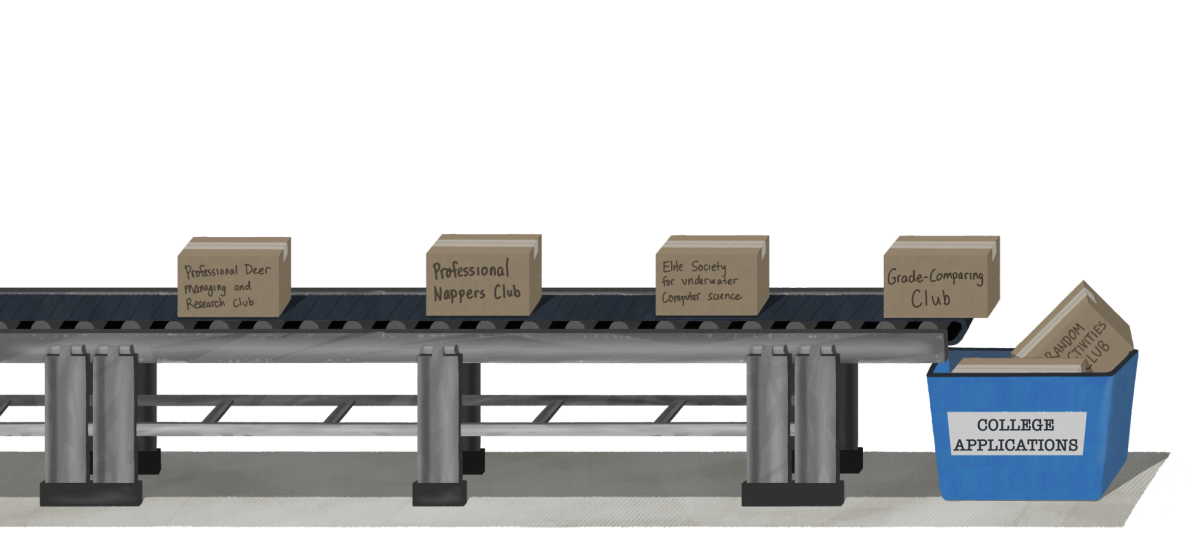Written by Sabrina Chen
What is the secret to those seemingly perfect grades in the most challenging classes? What is the key to the high standardized test scores? For many students, the secret lies in one of the most common behind-the-scenes activities: tutoring. Tutoring is acceptable for students who genuinely love the subject but are struggling or students who are behind in required classes, but it should not be used as a way for students to take a higher lane just to “look good” on college applications. Often times, tutoring is unfairly available only to those with the economic resources to afford it. Tutoring is acceptable in many cases, but it crosses the line from helpful to unfair and harmful when it takes over students’ lives.
Tutoring isn’t just one-size-fits-all; there are many different types.There is free tutoring such as that in the Academic Center, which is sensible because everyone has access to this resource. The next level is paid tutoring such as AJ Tutoring. Though this type is effective
in its education, it gives an unfair advantage to students with higher socioeconomic statuses because not everyone can afford it. Even higher up are the “packages”: if a student pays a fee in the thousands, institutions such as ThinkTank offer an “all-in-one” package that includes college counseling, academic planning and unlimited tutoring. Tutoring programs that overcompensate are harmful to students because they feel like they no longer have a choice in their high school life: they are merely the perfect applicant on paper. These students feel pressured in their decisions on what classes they take, what summer camps to take or how much time they spend on academics.
One of the most common types of tutoring is standardized test tutoring. Tests like the SAT
and ACT are designed to test natural intelligence, but tutoring has made it possible for people to prepare so they can score high on these tests. The average SAT score at Gunn is 2100 compared to the U.S. average of 1700. This discrepancy may be attributed at least in part to tutoring. In order for these tests to be fair, tutoring as a whole would have to be wiped out. However, this is nearly impossible. With preparation classes at staggeringly high costs, a stark difference exists in test scores between students of different socioeconomic statuses.
In some cases, tutoring is necessary for a student to simply pass a class in order to graduate high school. This extra help can benefit the student and make it easier for him or her to graduate. There are also students who love the challenging course but are struggling. For example, a student might stay in the highest lane with the help of tutoring rather than dropping down a lane. The enrichment of the more challenging class may make tutoring valuable, but this privilege is reserved only for students with enough resources.
Some people might argue that tutoring makes life easier for many students. While this is true, there are boundaries. Not everyone has access to tutoring, and reliance on tutoring is harmful to the student, especially when the student matures. As the student leaves high school and starts to make his or her own decisions, he or she will have no experience learning without structure and guidance.
In order to mitigate the culture of tutoring, students should stop comparing themselves to others. What type of circumstances others are in is unknown, so the constant comparison of grades between students is unfair and harmful. Changing attitudes about tutoring will help as well. People aren’t weak because of tutoring, but students who do not have the resources for paid tutoring shouldn’t feel “dumb.” There is always a race to get ahead of everyone else, but when everyone is “ahead,” the students who do not receive tutoring are “behind,” expanding the gap between those who have access to tutoring and those who do not.























